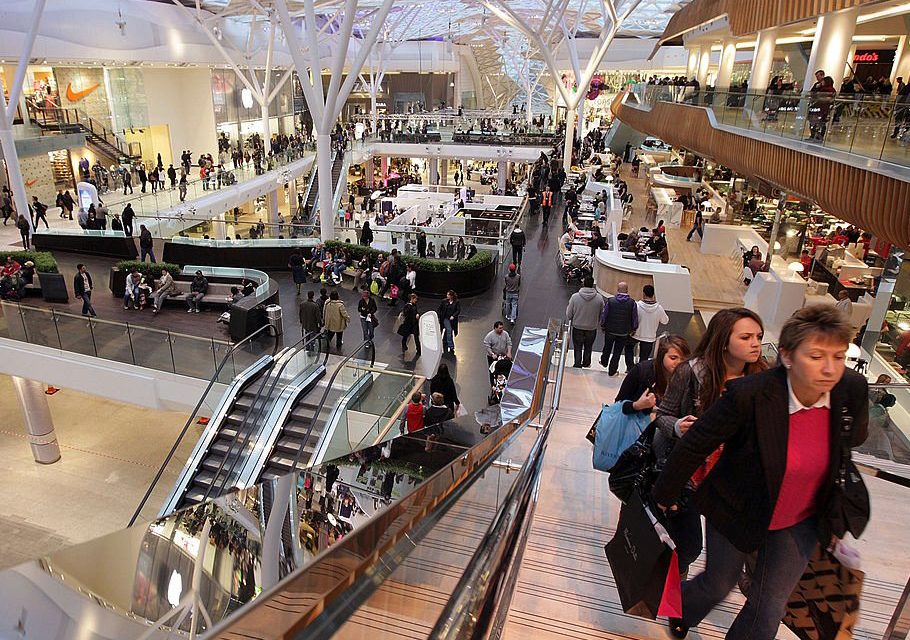The head of GGP Inc (GGP.N), one of the biggest high-quality U.S. mall property owners, sees the recent spate of U.S. department store closings as a chance to expand its redevelopment operations with plans to buy 100 of the shuttered emporiums.
Sandeep Mathrani, chief executive of GGP, on Wednesday said he was not against department stores but has latched onto their concept of offering a wide range of products under one roof.
In the past six years GGP has redeveloped 115 department stores that once were mall anchors, and the real estate investment trust (REIT) has plans to redevelop another 100 in the next few years.
“What we have done is, the mall has really become the department store,” Mathrani said at 2017 REIT Week, an investor forum organized by the National Association of Real Estate Investment Trusts. “We’ve done this 115 times. We have a pretty good idea that it actually works.”
Mathrani is convinced malls can thrive and overcome an e-commerce surge, which has forced thousands of U.S. retail stores to close in recent years, if they are filled with the right mix of retailers with a product customers want.
Macy’s closed 63 stores earlier this year, while JC Penney and Sears Holdings announced plans to shutter about 290 department stores. Brokerage Cushman & Wakefield has estimated up to 8,000 retail stores could close in 2017.
GGP’s shares are down 9.4 percent so far this year on investor fears e-commerce will destroy malls and retail stores. Shares of other retail REITs are down 30 percent, but have come off their recent lows.
Mathrani, like many other owners of retail venues, believes the malls can survive and thrive because shoppers need to touch, feel and see a product, and because brick and mortar resolves the issue of the “last mile” in distributing consumer goods.
When a consumer picks up an order at the store, it costs the retailer $0.75, Mathrani said. If the retailer ships the product to the consumer, the cost climbs to $5, he said. While picking up the order at the store, the consumer often shops and buys more, a sale the e-commerce retailer misses, he said.
In short, brick and mortar has an advantage over on-line shopping and will survive, while e-commerce needs to acquire a physical presence to gain market share, Mathrani said.
“At the end of the day, the retailer may evolve, but the real estate stays,” he said.
By Herbert Lash

